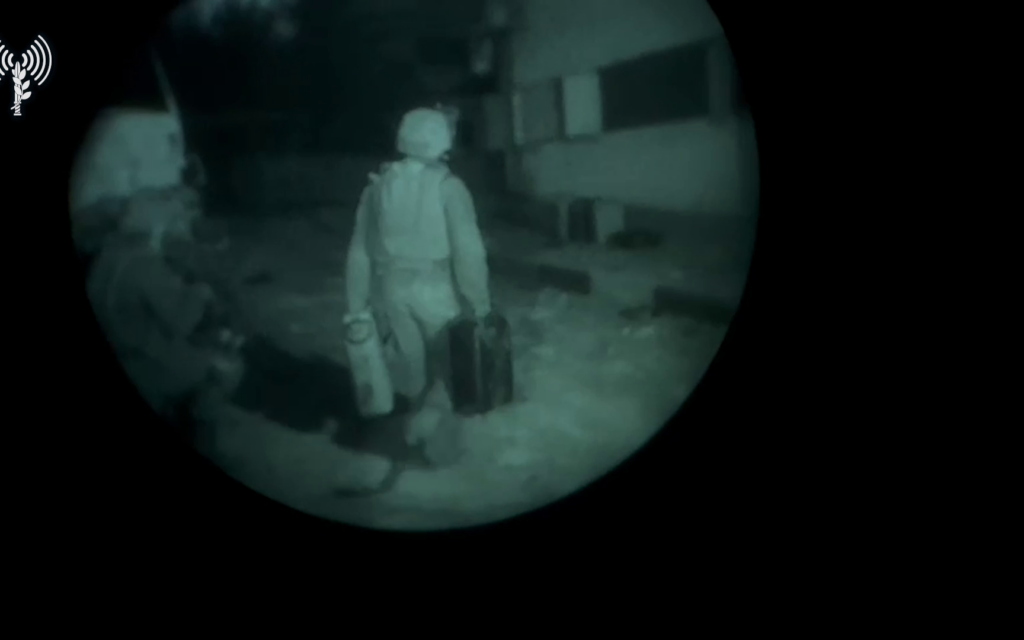The Israel Defense Forces says it supplied 300 liters of fuel for “urgent medical purposes” at Shifa Hospital in Gaza City, but Hamas prevented the medical center from receiving it.
Early this morning, troops placed the jerrycans near the hospital, as had been coordinated in advance with officials at Shifa.



Tell me you are not an engineer without telling me.
Seriously, stop spreading this nonsense, as you have no idea how to calculate fuel consumption of a diesel generator. Have you heard of a parameter called power factor? Or electrical losses? Do you know how to operate a diesel generator or how to disconnect all other power consuming devices from the diesel generator?
Another food for thought for you is that this power generator is probably huge, and is not designed to consume very little fuel, meaning the power factor is low around his originally designed power output and the further away you are from it, the lower the power factor is, the greater the losses.
You said you have worked in a hospital, but answer me a question, how many times have you touched the diesel generator there or any part of the electrical system of the hospital and do you feel confident enough to do any changes on it? And be honest!
Are you assuming there is a large, central generator operating to supply the entire hospital? If that is the case, then I agree that it would be very difficult for a small fuel supply to be used effectively.
But I’m assuming that such a generator would be destroyed or otherwise not in use. And that small fuel shipments would be delivered to portable generators at critical locations (like an ICU) in order to triage power use.
As before, if you have a better estimate that includes any factors I’ve omitted, then I would love to see it. I’m simply not satisfied by previous low-effort estimates, such as comparing 300 L to an automobile fuel tank.